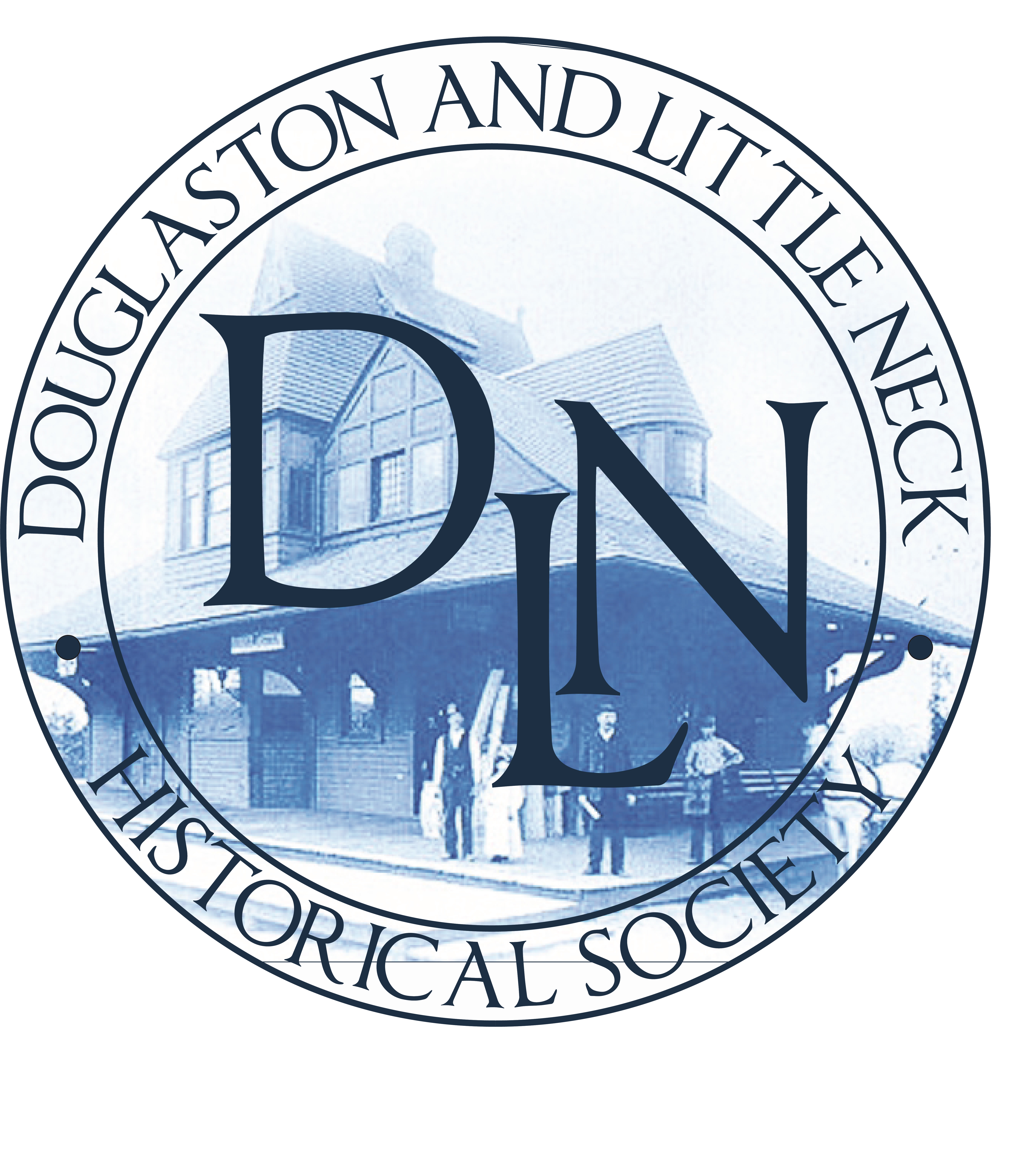Landmarking Is Endorsed For Douglaston Hill By Hist. Council
by Liz Rhoades, Managing Editor
June 12, 2003
After a year of waiting for the city Landmarks Preservation Commission to decide on landmark status, the Douglaston Hill area got another strong endorsement last week. The Historic Districts Council, an advisory group, toured the area and wrote to LPC Chairman Robert Tierney, “We found the neighborhood to be a charming enclave filled with an eclectic mix of late 19th and early 20th century low-rise houses.”
Simeon Bankoff, HDC executive director, said the topography of the neighborhood, combined with the architecture, creates an almost rural feel to the district, “a very rare quality within New York City and one deserving of preservation.”
The HDC is a citywide advocacy group for preservation and already-designated historic districts. It has a staff of 25 and gets funding through private and public grants.
Slightly over a year ago, representatives of the LPC took a walking tour of the area to help evaluate its worth for designation. Members of the Douglaston Hill Committee of the Douglaston-Little Neck Historical Society were told that the proposal would be evaluated within the year.
Bill Sievers, committee chairman, admits it”s been a long time but that he”s heard the LPC is overworked and recently moved. “I am giving them a little more time before I start calling again,” he said.
Ironically, Douglaston Hill has already been landmarked by the state and federal government. That status came in 2000. The usual procedure is to seek landmark status first from the city but in this case, it was believed that starting with the state would expedite approval from the city.
With state and federal landmarking, groups can apply for grants and loans to fix up properties. City landmarking, however, protects the exterior facade and has guidelines for districts.
The district includes 85 buildings in an area roughly bounded by Northern Boulevard to Douglaston Parkway to 42nd Avenue, 240th Street, all of 43rd Avenue, 244th Street and back to Northern Boulevard.
Sievers admitted that it took his group three years to compile the research and pictures for the state, which should help it in getting the designated status from the city.
In 1997, the city designated a Douglaston historic district, which covers 550 homes, all of Douglaston Manor and part of Douglaston. The sought-after designation now would complement the earlier designation.
Sievers said his group has gotten great support from local politicians and historical groups. “Everyone is supporting us. I hope the new LPC commissioner will pay more attention to the other boroughs outside Manhattan.”
In September, the Douglaston-Little Neck Historical Society will be celebrating the 150th anniversary to commemorate when the community was mapped. It will be a two-week event.
The area can be traced back to Wynant Van Zandt, a Dutch landowner, who bought the Douglaston peninsula in 1818 and donated land at the south end to what became the Zion Episcopal Church.
The area was populated in part by small truck farmers and oystermen, many of whom were black. The oystermen worked out of sloops and schooners on Little Neck Bay. Some of their homes, which are the oldest in the area, date back to 1835 and can be found on Depew Avenue.
Queens Chronicle – Northern/NorthEastern Edition 2003
